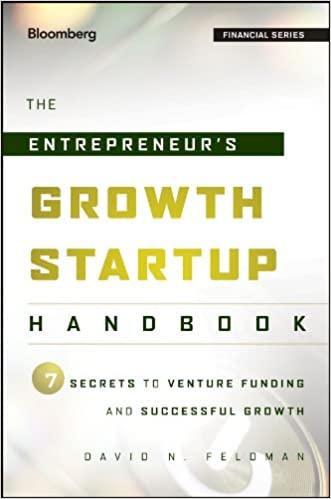Question
1. Which of the following is an example of a change in monetary policy in order to stimulate the economy? Select one: a. The Federal
1. Which of the following is an example of a change in monetary policy in order to stimulate the economy?
Select one:
a. The Federal Government increases the JobKeeper allowance.
b. The RBA decreases the price it is willing to charge for government bonds in order to sell them to financial institutions.
c. The RBA increases the price it is willing to pay for government bonds in order to buy them from financial institutions.
d. The Federal Government decreases the JobSeeker allowance.
In terms of its reaction to the business cycle, which of the following companies is most likely to be a cyclical stock?
Select one:
a. A company which owns a chain of pharmacies.
b. A company which a chain of supermarkets.
c. A company which imports expensive whiskies.
d. A company which makes cigarettes.
A firm is expected to generate return on equity of 13.3% in the next year. It is expected to generate EPS of $3.57 in the next year. It maintains a constant plowback ratio of 35%. If the cost of equity is 10.555%, what is the price of the firm's shares?
Select one:
a. $21.18
b. $39.33
c. $65.42
d. $121.49
A firm is expected to generate earnings per share of $7 in the next year, and these earnings are expected to grow at 4.6% per annum in perpetuity. The firm maintains a constant plowback ratio of 20%. If the beta of the firm's shares is 1.4, the market risk premium is 7.0% and the risk-free rate is 2.6%, what is the firm's P/E ratio?
Select one:
a. 4.81
b. 19.23
c. 2.56
d. 10.26
Step by Step Solution
There are 3 Steps involved in it
Step: 1

Get Instant Access to Expert-Tailored Solutions
See step-by-step solutions with expert insights and AI powered tools for academic success
Step: 2

Step: 3

Ace Your Homework with AI
Get the answers you need in no time with our AI-driven, step-by-step assistance
Get Started


